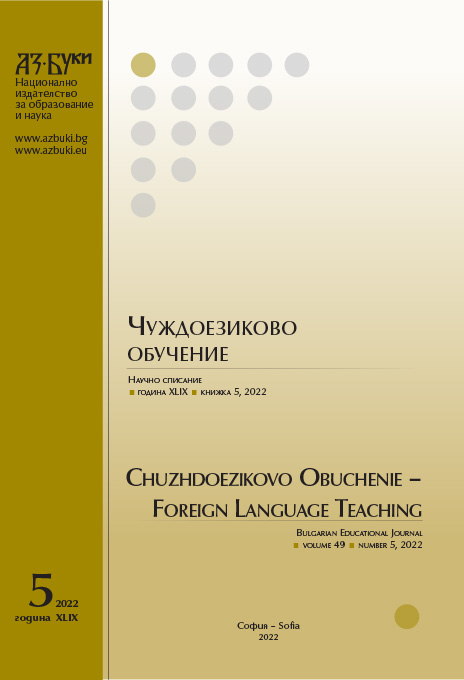Pitch Variation for Chinese Syllables of Different Information Load (Based on Commercial and Social Radio Ads)
Pitch Variation for Chinese Syllables of Different Information Load (Based on Commercial and Social Radio Ads)
Author(s): Svetlana V. Androsova, Veronika Karavaeva, Zianwen ZhangSubject(s): Social Sciences, Language and Literature Studies, Education, Foreign languages learning, Applied Linguistics, Language acquisition, Cognitive linguistics, Vocational Education, Adult Education, Higher Education , State/Government and Education, Philology, Inclusive Education / Inclusion, Stylistics, Distance learning / e-learning, Pedagogy
Published by: Национално издателство за образование и наука „Аз-буки“
Keywords: advertising discourse; information load; pitch; syllable; acoustic cue
Summary/Abstract: F0 is an important cue present in all vocalic segments, a parameter to differentiate between voiced and voiceless consonants, a relative phonological feature of syllable in tonal languages and a crucial feature of intonation. This paper aims to investigate pitch variation patterns in Mandarin Chinese depending on the syllable information load (Factor 1) in one type of discourse – advertising with the subdivision into social and commercial ads (Factor 2) considering gender differences (Factor 3). 1249 syllable tokens were selected for acoustic measurements, each syllable occurring twice – in the informative and uninformative utterance parts. The information load was determined perceptually: the syllable was considered informative when agreed by the minimum of 60% of listeners, other syllables were considered uninformative. Depending on lexical tone (T1 – T4 and T0), the measurements included average pitch values, declination/inclination starting and ending points (mean values). These parameters were used to judge about relevant pitch features – average height and declination/inclination slope. As a result, a consistent parameter increase in commercial ads vs. social ads and on informative syllables vs. uninformative ones was observed for all tones except T0 that showed the opposite trend in expressing information-based partition. Another finding was tone substitution that marked both informative and uninformative parts but was more frequent in the latter. Substitute tone frequency ranks did not depend on any of the three factors except for T0. High predictability of pitch variation patterns make them applicable in teaching Chinese as L2 in terms of speaking and listening for general and specific purposes.
Journal: Чуждоезиково обучение
- Issue Year: 49/2022
- Issue No: 5
- Page Range: 440-450
- Page Count: 11
- Language: English
- Content File-PDF

